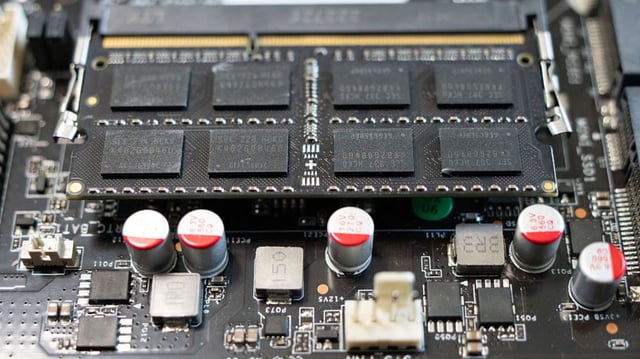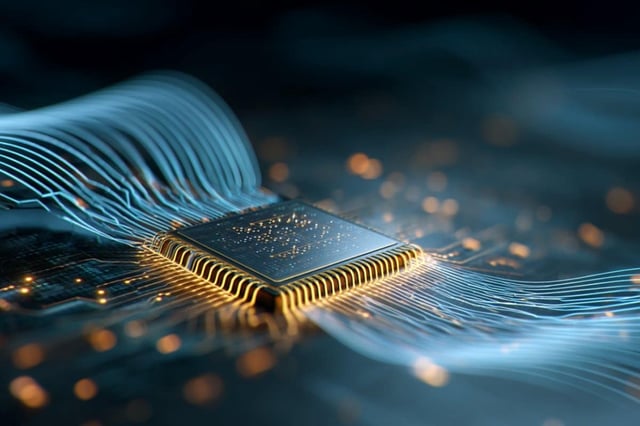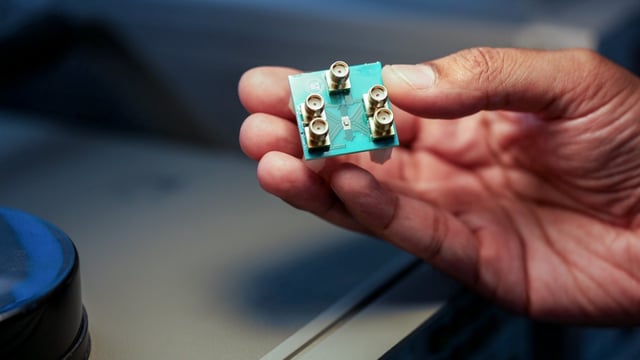Overview
- The integrated silicon chip computes directly in the microwave frequency domain to process ultrafast data streams and wireless signals without conventional digital sampling.
- It consumes less than 200 milliwatts of power and occupies a 0.088 square millimeter footprint while achieving at least 88 percent accuracy on wireless-signal classification tasks.
- The analog, nonlinear architecture exploits coupled microwave oscillations in tunable waveguides to perform pattern recognition without clock-driven operations.
- Researchers highlight potential applications in low-power edge AI, radio-frequency signal processing and hardware security sensing across microwave bands.
- Future work will focus on boosting accuracy, reducing power consumption further and integrating the microwave processor with existing digital and microwave platforms.


